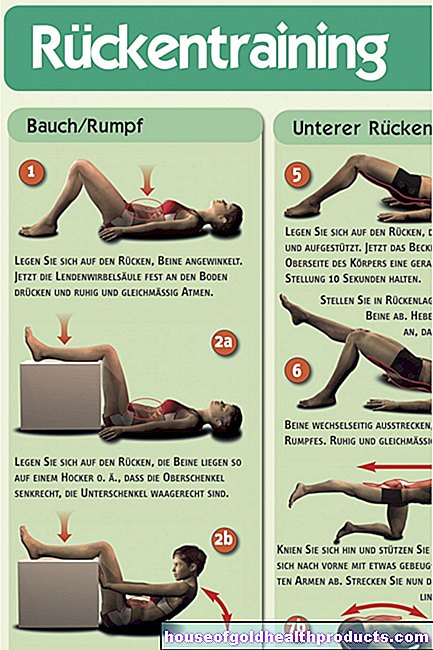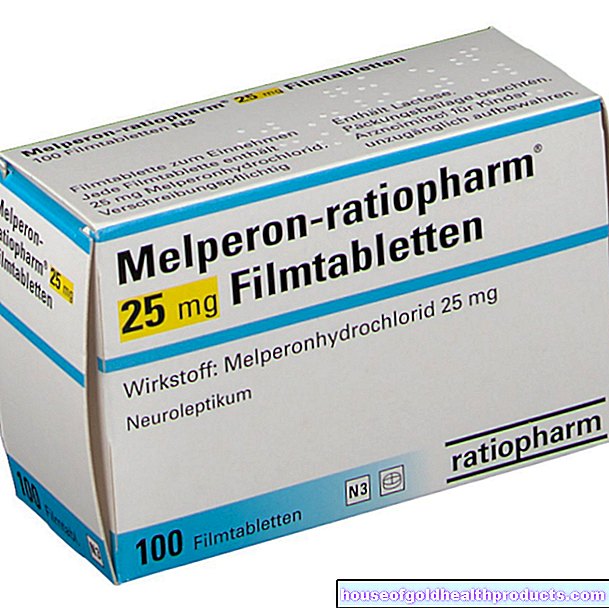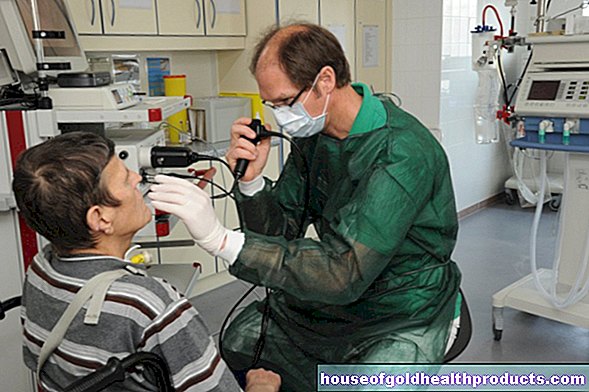Rheumatism: more exercise, less medication
All content is checked by medical journalists.MunichIf every move hurts, climbing stairs is torture and the joints are swollen and inflamed, rheumatism can be behind it. Around 800,000 German citizens suffer from chronic joint inflammation, which must be treated with medication so that it does not destroy the joints. In addition to the use of drugs, physiotherapy also helps - and it has two advantages.
In people with rheumatoid arthritis, the mobility of the joints decreases over time. This severely restricts those affected, daily tasks are becoming more and more difficult and the quality of life suffers enormously. Various medications are used to relieve pain and delay the course of the disease. These include immunosuppressants, chemotherapeutic agents and biologicals.
Relieve discomfort, save costs
But there are also various forms of physiotherapy that help against rheumatism and alleviate the symptoms inexpensively. Experts pointed this out again at the congress of the German Society for Rheumatology (DGRh). Because with the help of various therapies such as physiotherapy, thermotherapy or movement therapy, the mobility of the joints can be improved, the muscles strengthened, misalignments prevented and pain relieved. In addition, patients who are prescribed physiotherapy require less medication overall - this reduces the risk of undesirable side effects and lowers treatment costs, according to the experts.
Physiotherapy prescribed too little
Although the positive effects of physiotherapy have now also been well documented at the molecular level, it is far too rarely prescribed, the doctors criticize. The professional association of specialists in orthopedics and trauma surgery recommends that you always keep moving despite painful joints. This is important on the one hand to strengthen the muscles and on the other hand to ensure sufficient blood flow to the cartilage so that it can continue to be well supplied with nutrients.
Move, move, move
A study on knee osteoarthritis even provides specific information on how many steps those affected should take each day to prevent osteoarthritis: namely 6,000. The researchers advise starting with 3,000 steps per day and then doubling that. Because for every 1,000 steps more, the risk of restricted mobility is reduced by 16 to 18 percent.
Sources:
Living actively despite rheumatism - advances in therapy improve quality of life. Press release of the 42nd Congress of the German Society for Rheumatology (DGRh). July 2014.
White D. K. et al .: Daily walking and the risk of incident functional limitation in knee OA: An observational study, Arthritis Care and Research, 12. June 2014.
Tags: therapies prevention home remedies





























